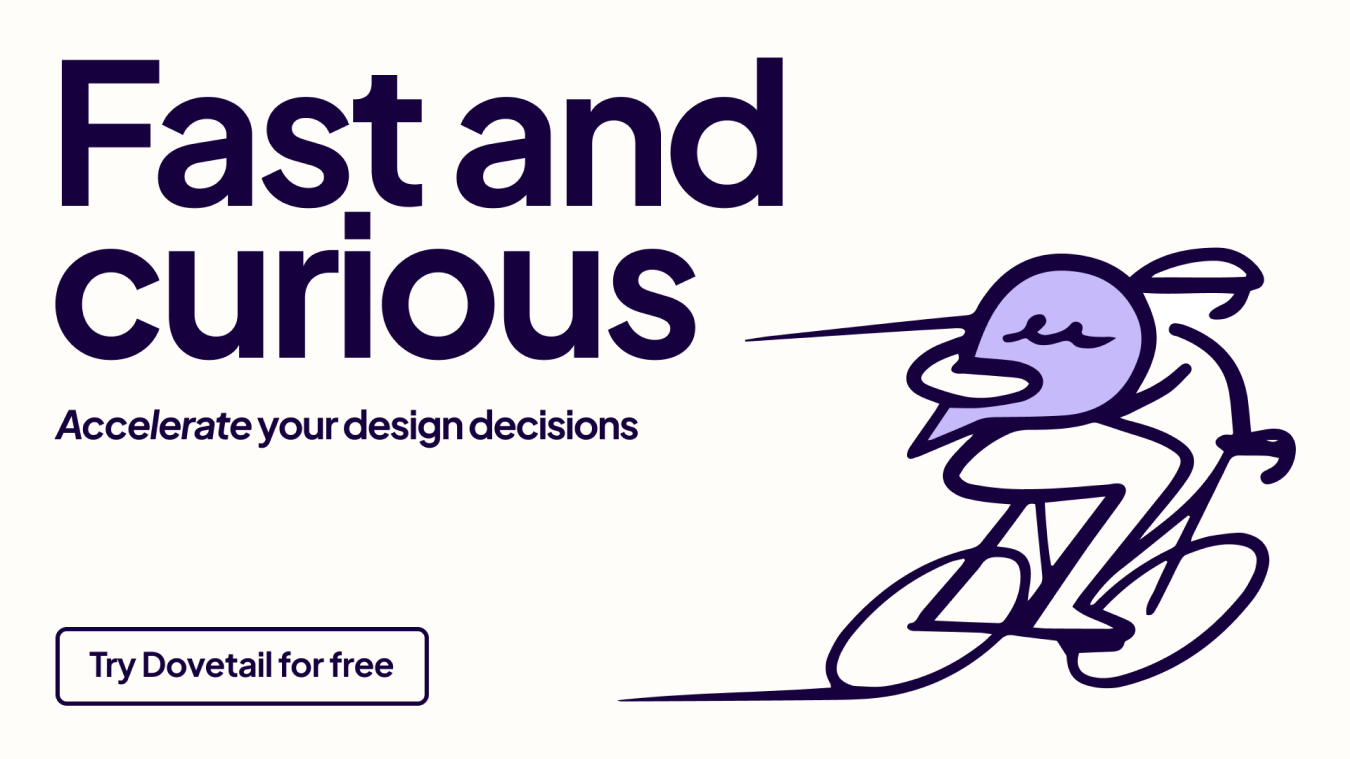Enter late-stage UX
Weekly curated resources for designers — thinkers and makers.
The characteristics of late-stage UX:
Automation: AI automates an increasing part of our jobs and reduces demand for designers in certain markets.
Saturation: Supply of designers outstrips demand. Market is still uncertain.
Commoditization: Focus on scalability and standardization over differentiation and delight.
Financialization: Greater influence of financial health, shareholders interests, and business metrics in design decisions.
Disintegration: Lack of trust in digital products makes users either skeptical, complacent, or susceptible to exploitation.
Read the report: entering late-stage UX →
Full throttle: messy feedback to design decisions, fast →
[Sponsored] Stick to the fast lane—go from raw customer data to engaging insights in minutes. Keep a pulse-check on feature launches. Motivate your team behind customer problems. Continuously improve with high-octane insights. It’s time to turbocharge your design decisions. Try Dovetail for free today.
Editor picks
Why does Android still have a bad reputation? →
First impressions last, and they last for a long time.How to recover from a career crisis →
You can’t avoid setbacks, but you can choose how to react.AI’s future: the decision is yours — or is it? →
The world is discussing AI, thinking we are a part of it. We are not.
The UX Collective is an independent design publication that elevates unheard design voices and illuminates the path to design mastery and critical thinking. Here’s how we’re boosting stories through our partnership with Medium.
Google is back: welcome to the Gemini era →
Make me think
The creative playground →
“Whenever I pass a public basketball court I am always struck by how the people who are literally stuck inside a cage are having more fun than those outside. The reason of course is obvious: They are having fun. They are immersed in a game. What makes a good game? A goal and rules.”Trends in design for 2024, as predicted by the creative industry →
“The world of graphic design is constantly evolving, with new trends emerging all the time. And the current global turmoil is only accelerating this effect. Here, we explore eight of the most hotly anticipated trends for 2024 based on the insights of industry experts.”The UX of HTML →
“Somehow my students are allergic to semantics. And they’re not alone. If you look at 99% of all websites in the wild, everybody who worked on them seems to be allergic to semantics. On most websites heading levels are just random numbers, loosely based on font-size. Form fields have no labels. Links and buttons are divs. It’s really pretty bad. So it’s not just my students, the whole industry doesn’t understand semantics.”
Little gems this week
Is the flat design trend finally over? →
Museum UX: from dusty relics to immersive experiences →
Tools and resources
Live canvas by Leonardo.AI is out →
Examples of how people have been using it.Understanding the new WCAG 2.2 criteria →
An overview of the key requirements.A more holistic design workflow →
Gluing Jira, Figma, and Zeplin together.
Support the newsletter
If you find our content helpful, here’s how you can support it:
Forward it to a friend and invite them to subscribe
Share open positions on our job board






